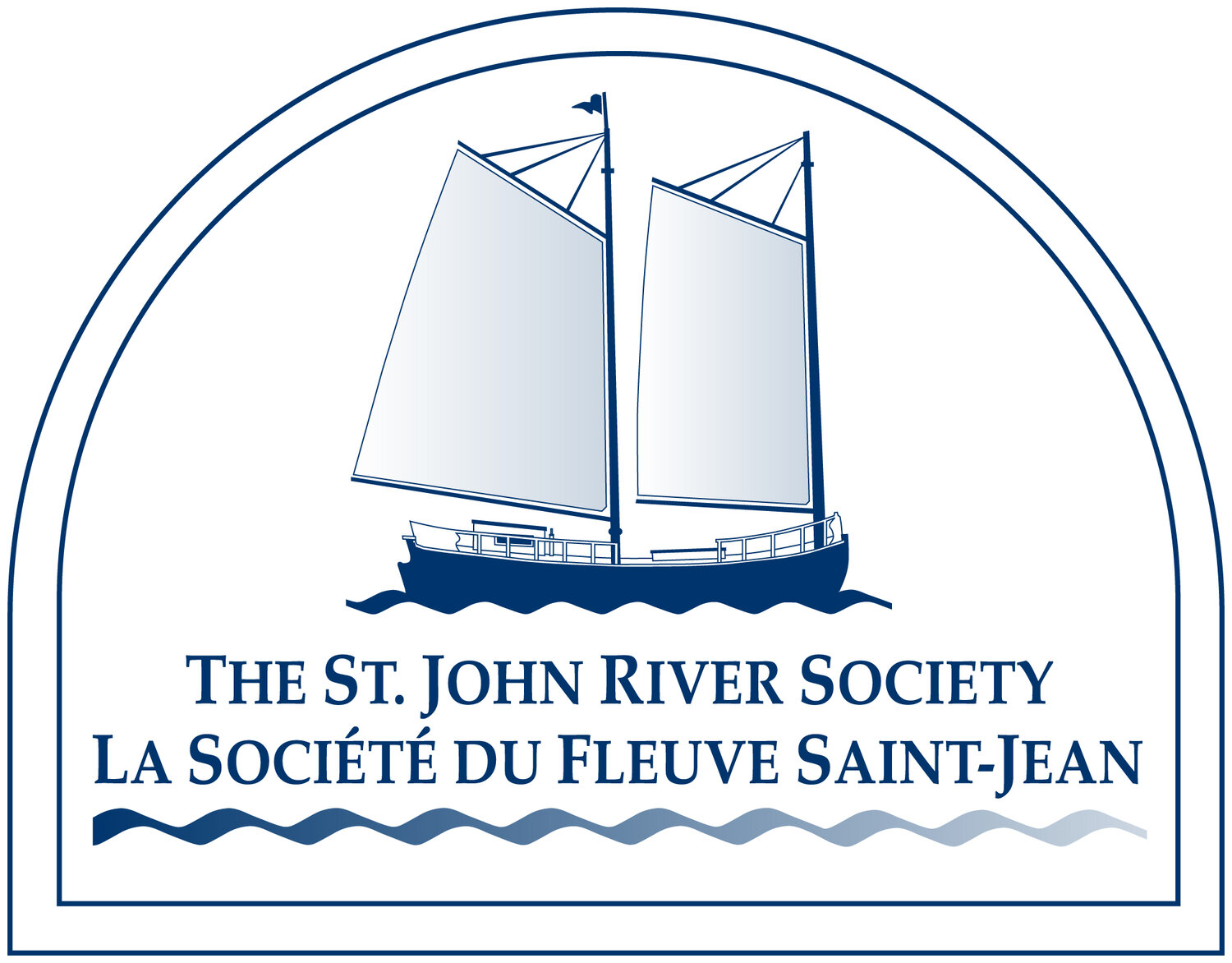
A Journey Towards Sustainable Watershed Management: Adaptation of the ELOHA model
Determining the Social Values of the Wolastoq
The Society and partners have worked to develop an understanding of the social component of the ELOHA framework (see more below). This process requires engagement with public, stakeholders and Rights Holders to ensure all points of views are being considered and therefore determine societal values and management needs for the river.
The project approached stakeholder engagement in two phases. The first was to collect data on the activities and uses along the Wolastoq, recognized by stakeholder groups. The second was the public facing survey that was delivered through Facebook and focused on the values that the community associated with the river.
The results can be summarized into 5 key points:
Relationships with the river were most commonly described in the context of recreation and aesthetics.
Benefits obtained from the river reflected recreation, mental health, and well-being.
Participatory mapping highlighted locations where activities such as recreation, aesthetics, hunting, and fishing take place in the watershed.
Public and stakeholder concerns about the river highlighted the importance of water quality and the interconnectedness of the ecosystem and its role in providing social social benefits.
Some social benefits like recreation, can be received while there are changes to the river system, but other values like sense of place, are specific to a site and cannot be replaced.
Image Right: A word cloud of the public survey results (English and French responses included).
Where does this fit into the ELOHA framework?
The Ecological Limits of Hydrologic Alteration or ELOHA is a holistic framework that pairs both the ecological and human requirements of rivers to determine environmental flows (quality, quantity and timing), or eflows, and are used to inform management decisions. The framework is spilt into two parts – an ecological process and a social process that come together to in the end to determine what the priorities for the river are in terms of both ecological integrity and social needs and not just what is best ecologically or what is best for water users.
The social data compliments research previously completed on the environmental processes that take place throughout the watershed. The Mactaquac Aquatic Ecosystem Study (MAES) conducted by the Canadian Rivers Institute (CRI) initiated by NB Power to inform the decision around refurbishment, replacement, or removal of the Mactaquac Dam incorporated and adapted the ecological process of ELOHA to inform their study. Through this work, the framework was adapted to the whole river, but the data and outputs were limited to the scope of the MAES study. The social process, however, was not adapted through the MAES project.
Check out the interactive Story Maps!
The Journey Towards a Sustainable Future for the Wolastoq La voie vers un avenir durable pour le fleuve Wolastoq
The next step of the process is to determine what trade-offs are acceptable
for both social needs and ecological needs from the previous engagement and follow up with
key stakeholders and Rights Holder which brings the ecological process and social process
together to complete the 3rd step of creating flow standards. The final step, which will be
beyond the capabilities of an NGO, is implementation of the flow standards which will be a
policy and decision-making process undertaken by government as we are not the regulators.








